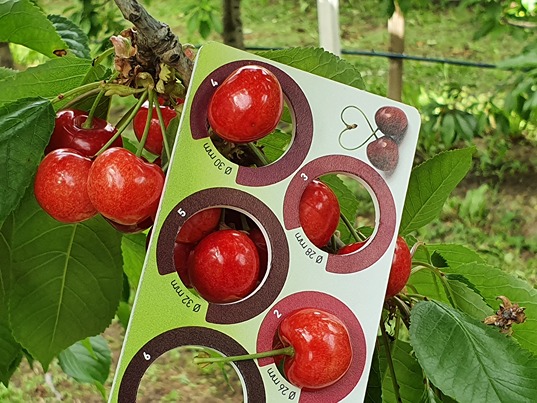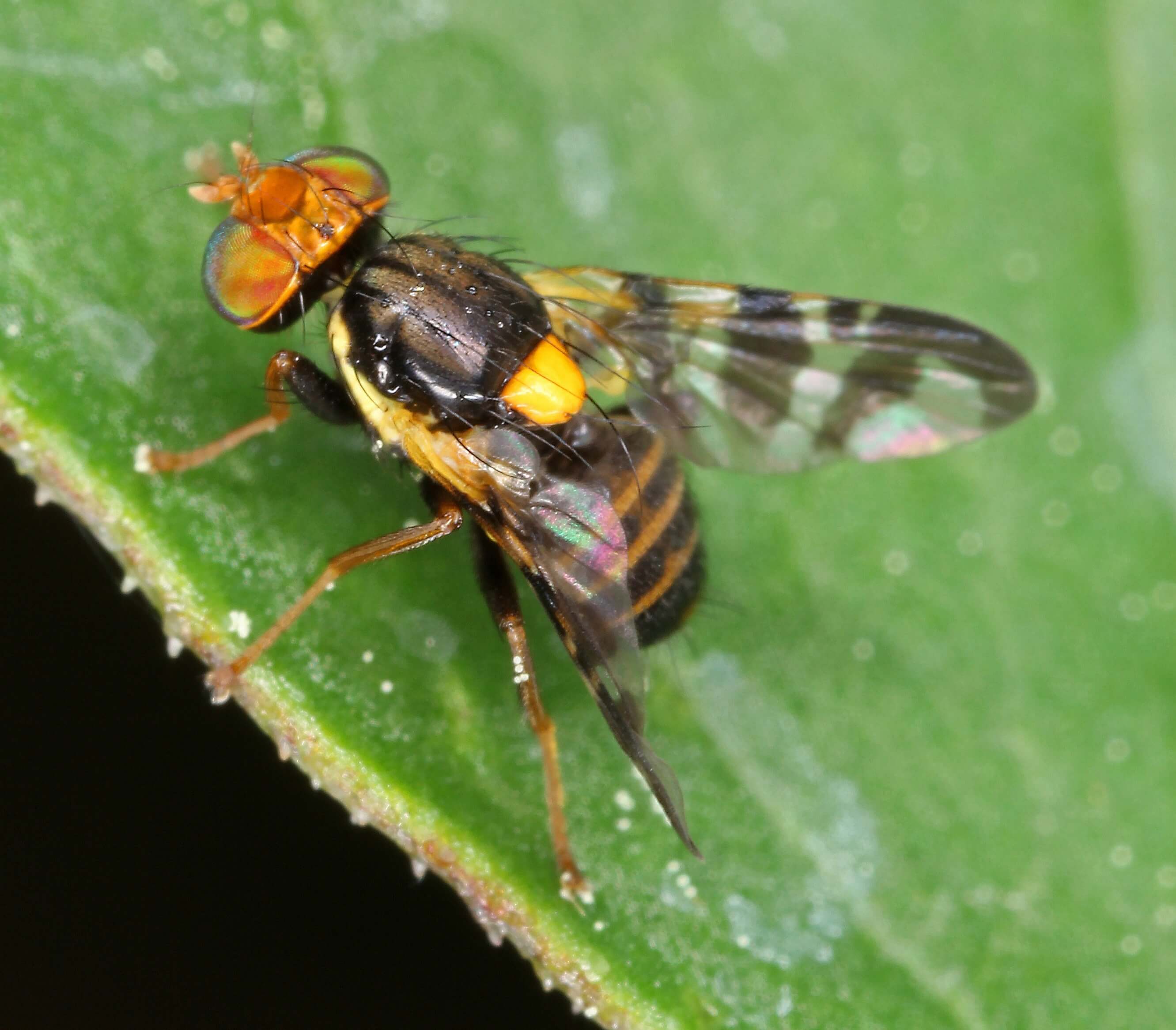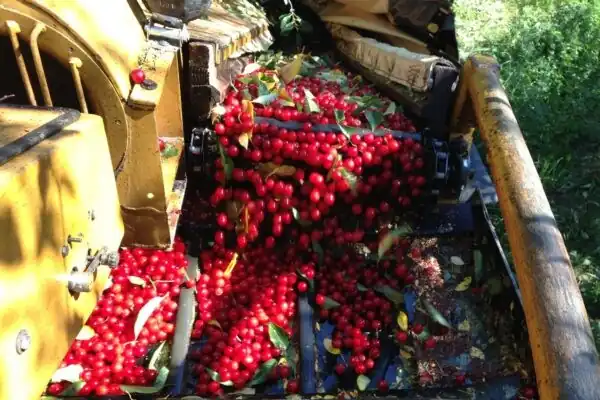Argentina has taken another step in the race to obtain the earliest cherry of the Southern Hemisphere.
Through an experiment conducted in the province of Jujuy, the Mendoza-based company Güizzo Frutas Frescas S.A., led by brothers Fernando and Nicolás Güizzo, in collaboration with the region's earliest stone fruit producer, harvested fruit on September 24.
This is a stroke of luck for the team, as it brings forward by several weeks the early cherry productions that the Güizzo brothers themselves had achieved in Mendoza (Argentina) and in the fields of Ovalle (Coquimbo region, Chile), where efforts focus on harvesting around week 42, in mid-October.
“The study focuses on a young experimental block of 2,000 cherry trees of various early-maturing varieties,” explained the technical manager of Nicolás Güizzo Frutas Frescas S.A. to Redagrícola, in an orchard with varieties that include traditional cultivars such as Brooks and Lapins, as well as licensed varieties like Zeiger (Royal), along with Nimba and Pacific Red.
In fact, the variety Royal Lynn (from the Zeiger genetic program) was the first to be ready for harvest on September 24.
The trial block, located about 50 kilometers from San Salvador de Jujuy (capital of Jujuy), is in a region bordering Bolivia and at the same altitude as the Antofagasta region in Chile, and would provide a microclimate for the production of ultra-early stone fruits in an extreme production zone.
This trial was grafted in 2022, and according to Güizzo, “the phenology observed over the past 24 months of study suggests that, with some low-chill varieties, it is possible to move the harvest up to the last week of September or the first week of October, as we are seeing now,” he explained.
“Future challenges focus on improving dormancy induction strategies, regulating dormancy break timing, and optimizing the timing of varieties, among other aspects. All of this is to determine the appropriate agronomic management and the most suitable varieties for the agroclimatic conditions of the area,” he added.

Indeed, they believe that some of the new low-chill cherry varieties, developed by genetic programs such as Bloomfresh, SMS, and Zaiger, currently being tested in early areas of Chile and South Africa, could have great potential for adaptation in this region.
“As an innovative company in the production of early cherries in Argentina, one of our main goals is to move the current harvest window in northern Mendoza, which is in weeks 42/43, to weeks 39/40 in the north of the country,” concludes Nicolás Güizzo.
Marginal zone
This area in the interior and extreme north of Argentina is already known for producing very early peaches destined for Trans-Andean countries and has the necessary infrastructure to support production. This is why Güizzo Frutas Frescas chose this area for its trials, understanding that there are already adequate packaging and cold technologies in place to consider expanding production in the area.
According to Nicolás Güizzo, this area accumulates between 150 and 200 chilling hours, although he notes that this figure can vary from year to year, citing as an example that last year the numbers did not approach the average, while this year they were within the margins.
This allowed the plants, which are still maturing, to deliver their first fruits in this experimental block this year.
In fact, Güizzo told Redagrícola that this harvest is already providing some insights for the future. “When pollination occurred, the harvest followed the same cycles as in Mendoza, about 50 days, and this gives us the perspective that, by adjusting a couple of things, we can reach production by the last week of September,” he said.
What is special about this area that allows these fruit trees to thrive? Some of the unique characteristics that Güizzo highlights include the rather summery rainfall pattern, with significant precipitation between January and February. “It also has a short winter, if you can call it that,” he said, referring to the relatively mild temperatures, adding that this also means the plants vegetate longer, which presents the challenge of slowing down growth a bit.
“We believe one of the keys will be to give the plant some sort of signal to head towards winter; this is our biggest challenge from a climatic perspective because there are still temperatures in March and a bit of rain,” he said.
He added that “this is a marginal area, where the plant physiology is totally different from Mendoza, and this is why the experimentation is crucial, as we hope to find the varieties that adapt best because obviously, these are not conditions for every variety.”
Indeed, he pointed out that in the previous two years, there had been very hot days, which caused some grafts to fail. Currently, the management includes the application of cyanamide to compensate for the lack of cold, along with incisions and plant growth regulators to stimulate lateral branching and further shape the plant.
“This is a development in progress, as this is not a comfort zone for cherries, and we will have to continue adapting techniques to find what is best for the plant, as it is essential for us that they enter dormancy early and not remain in vegetative growth,” explained Güizzo.
Source: Redagrícola
Image: SL Fruit Service
Cherry Times - All rights reserved











